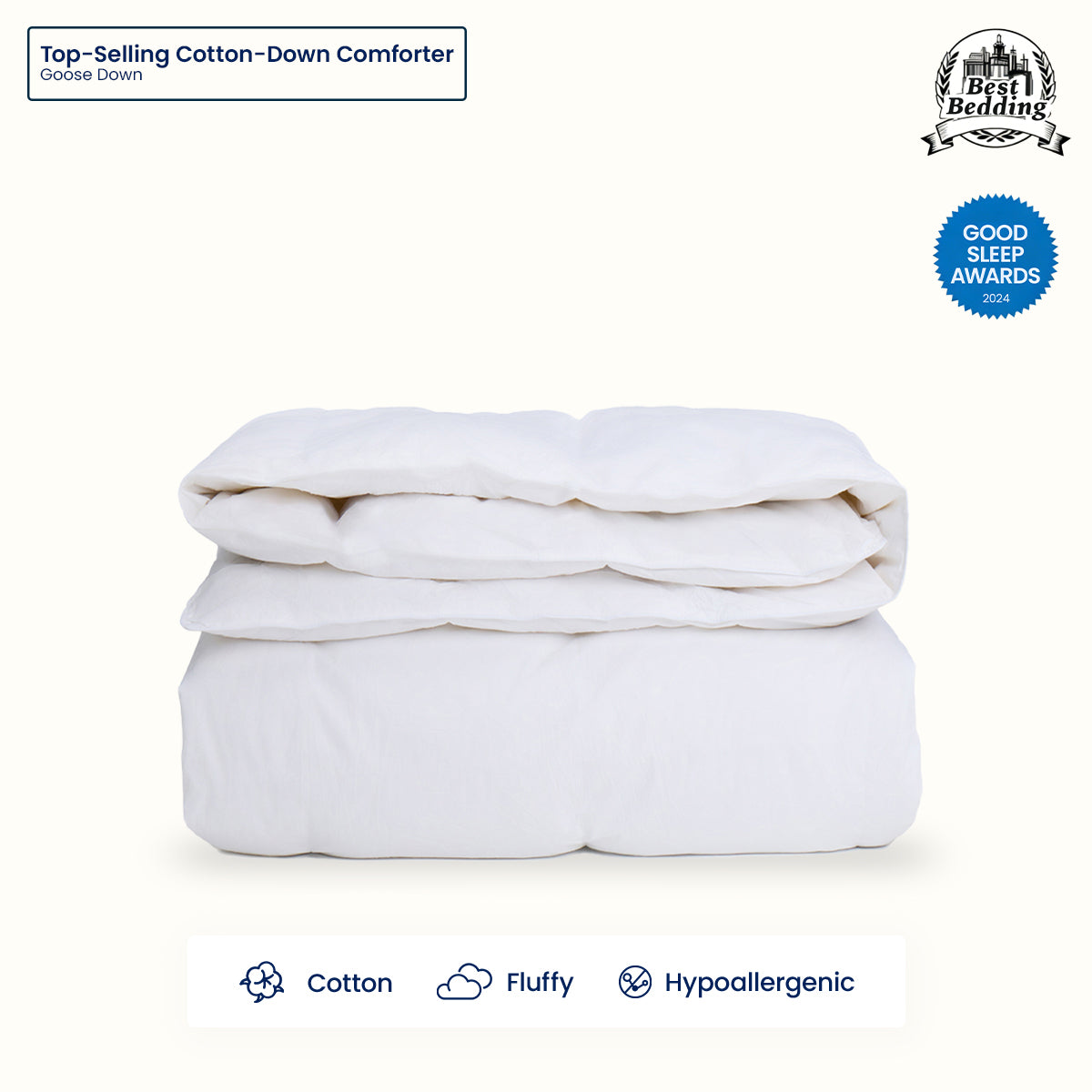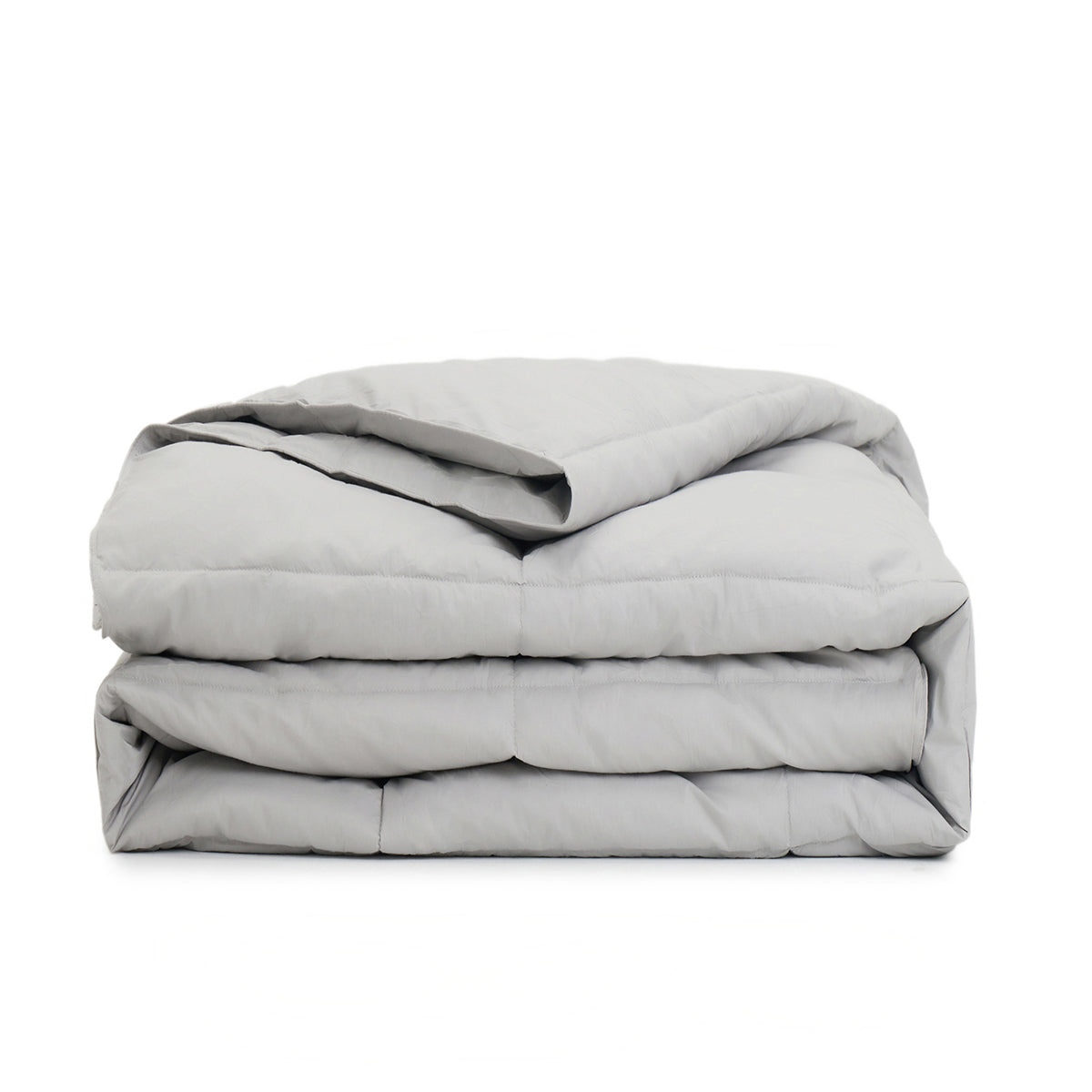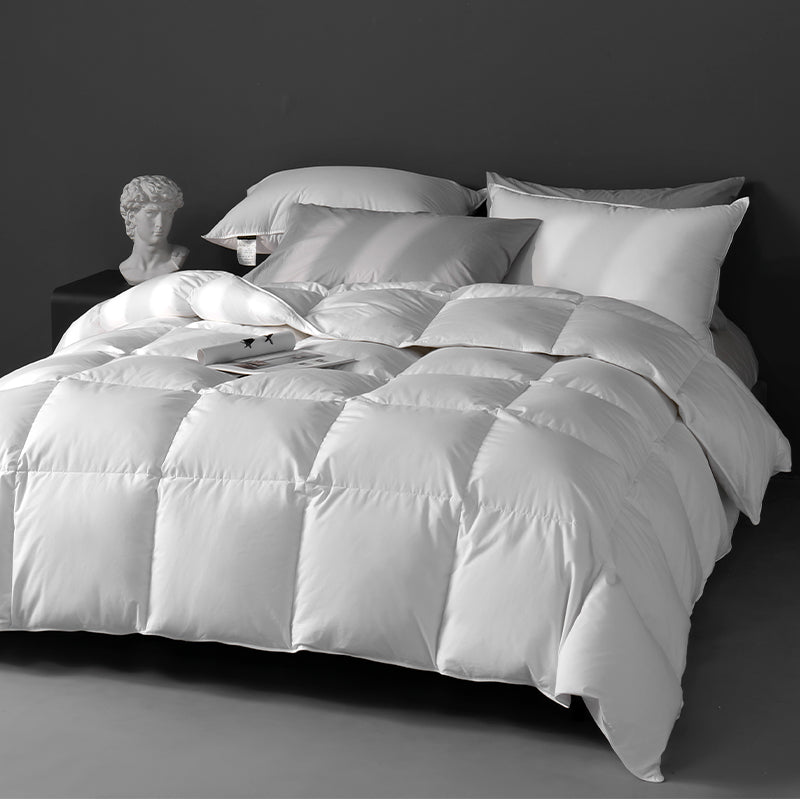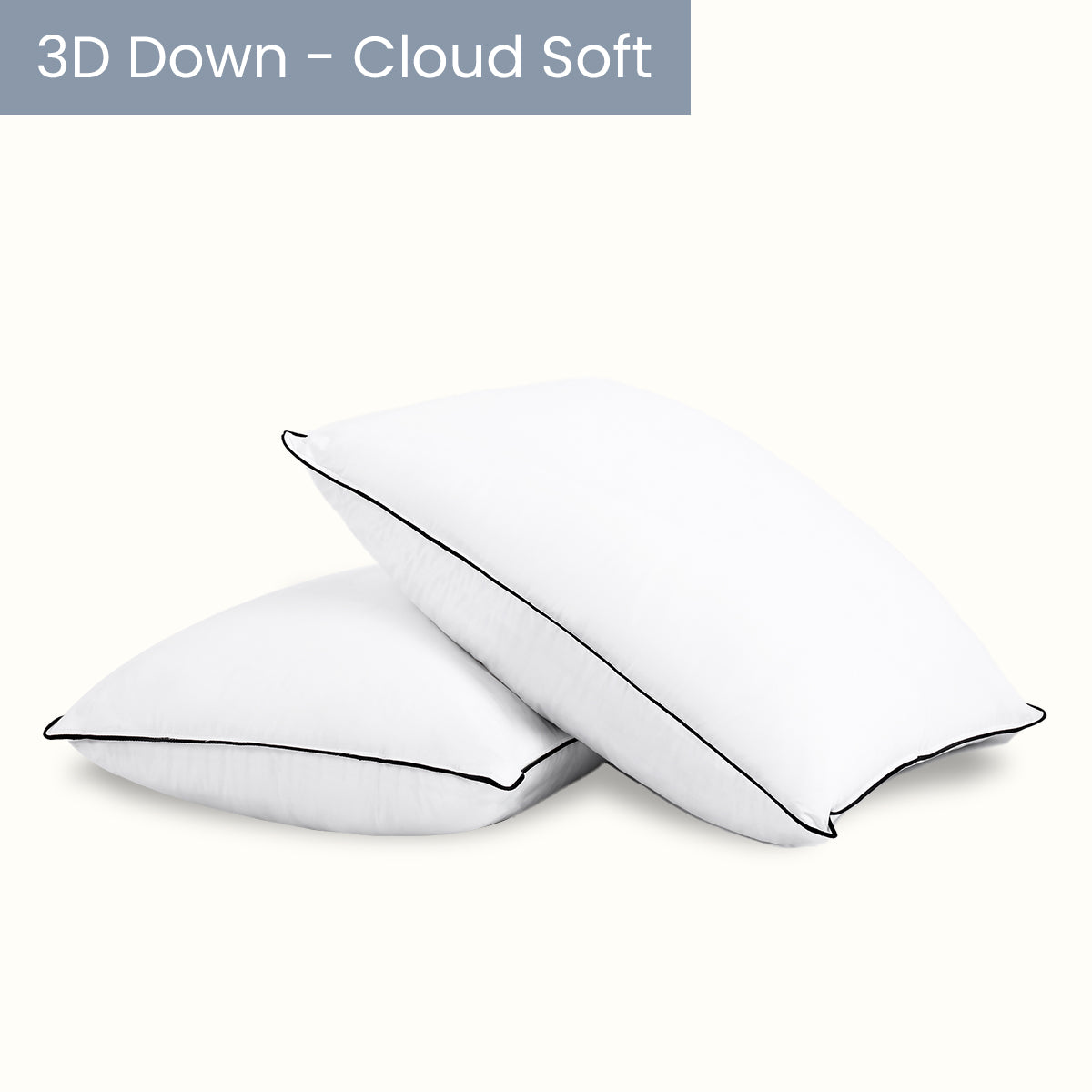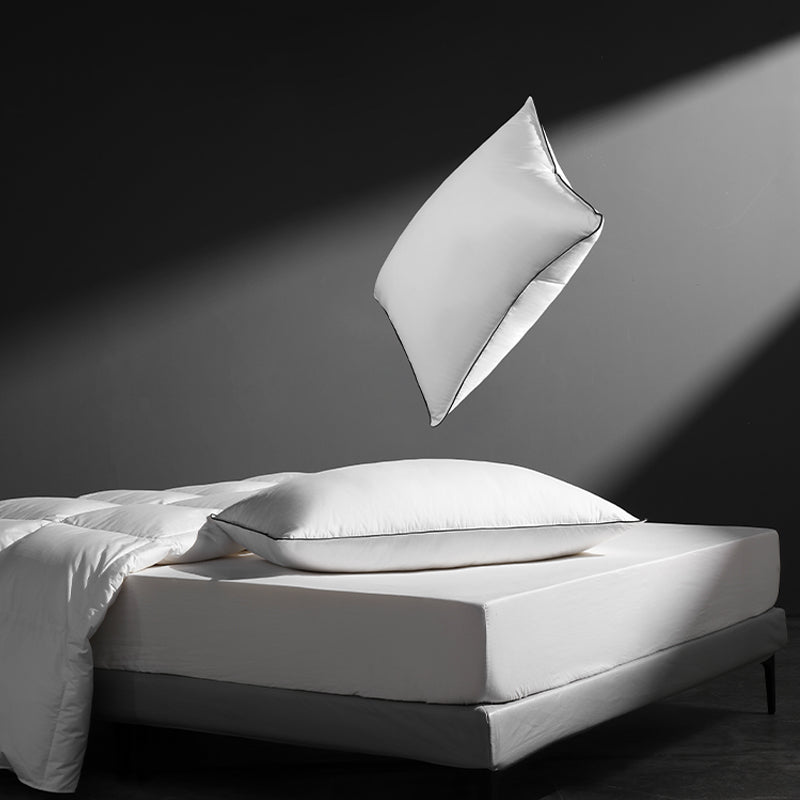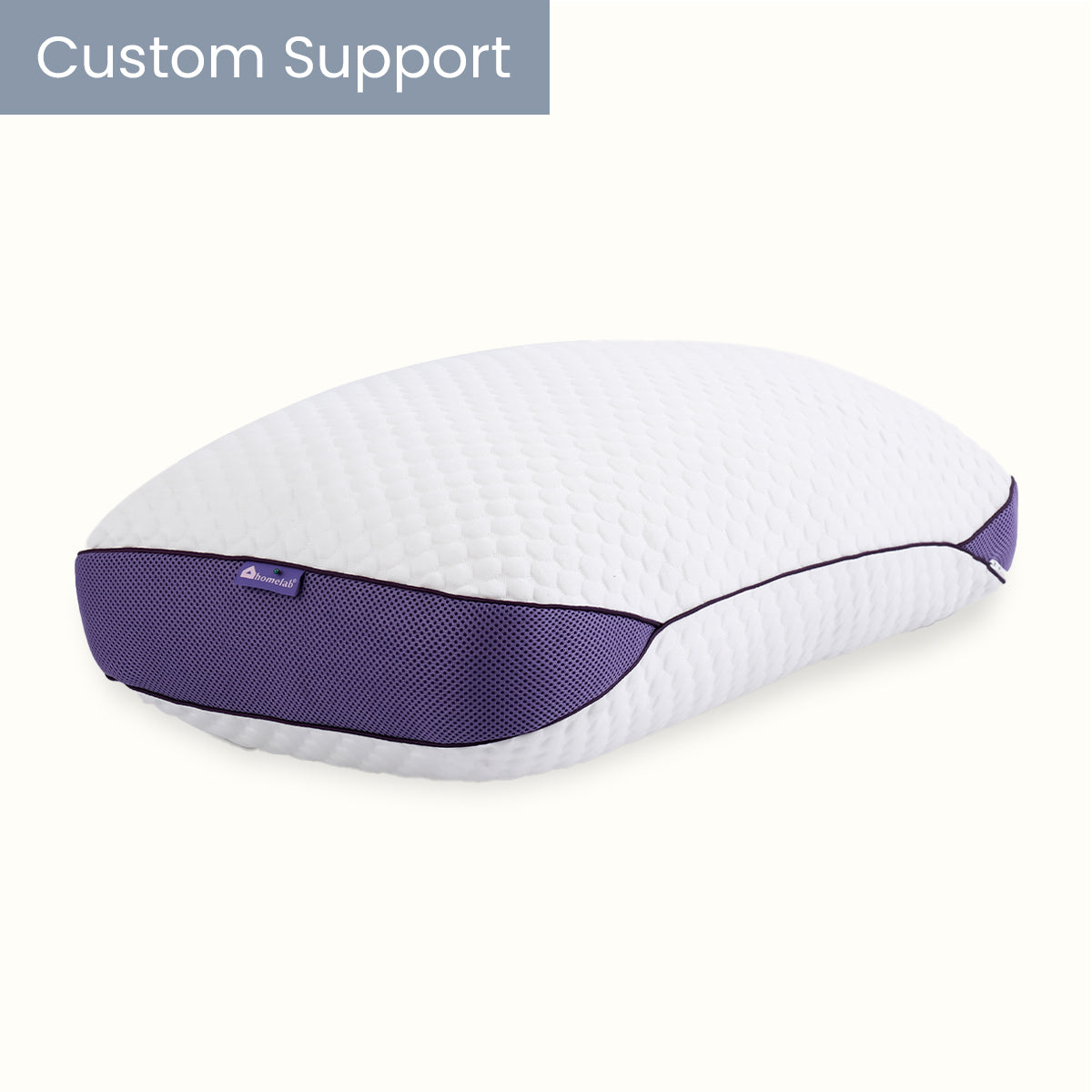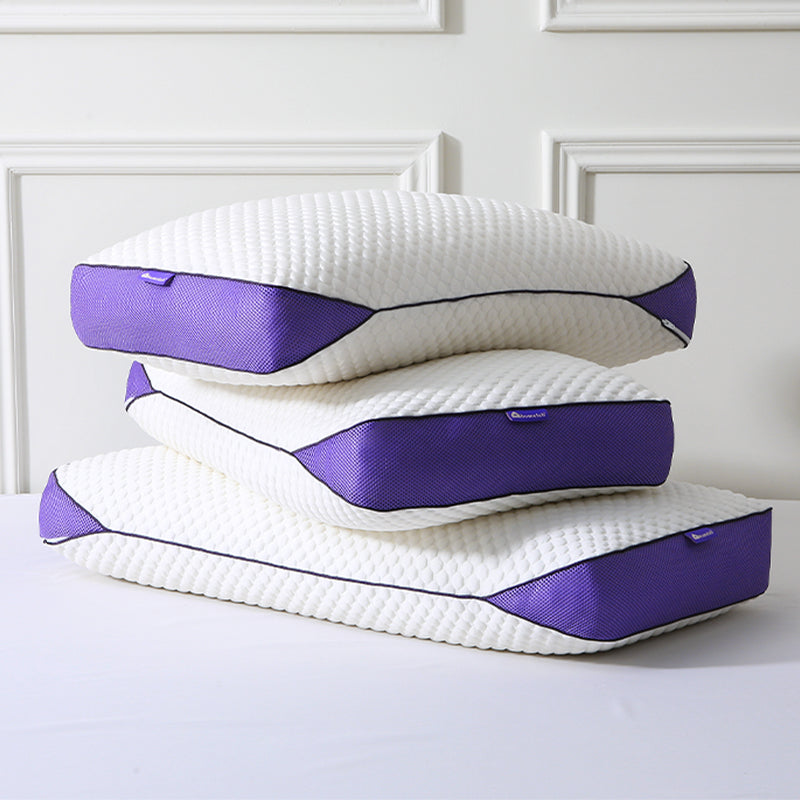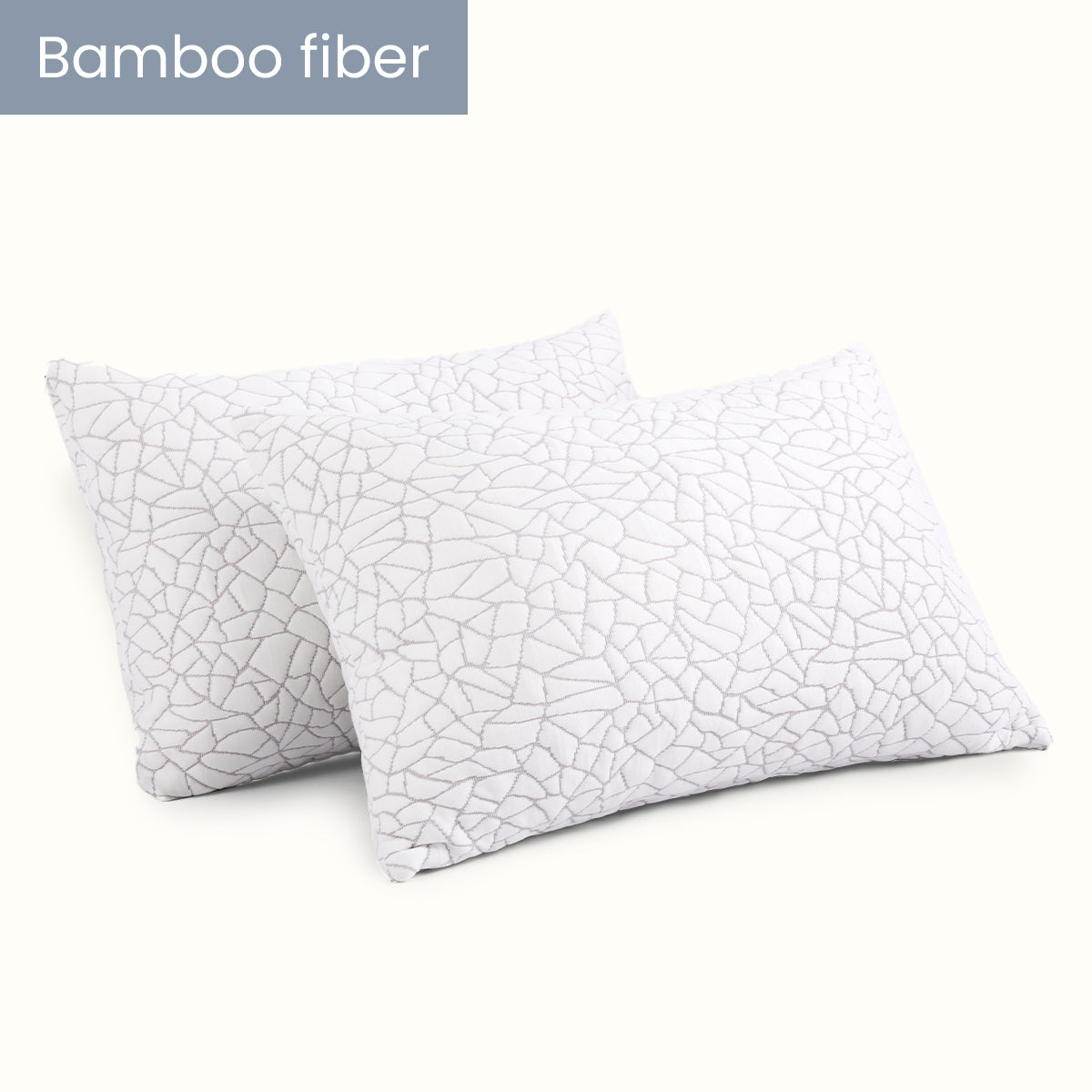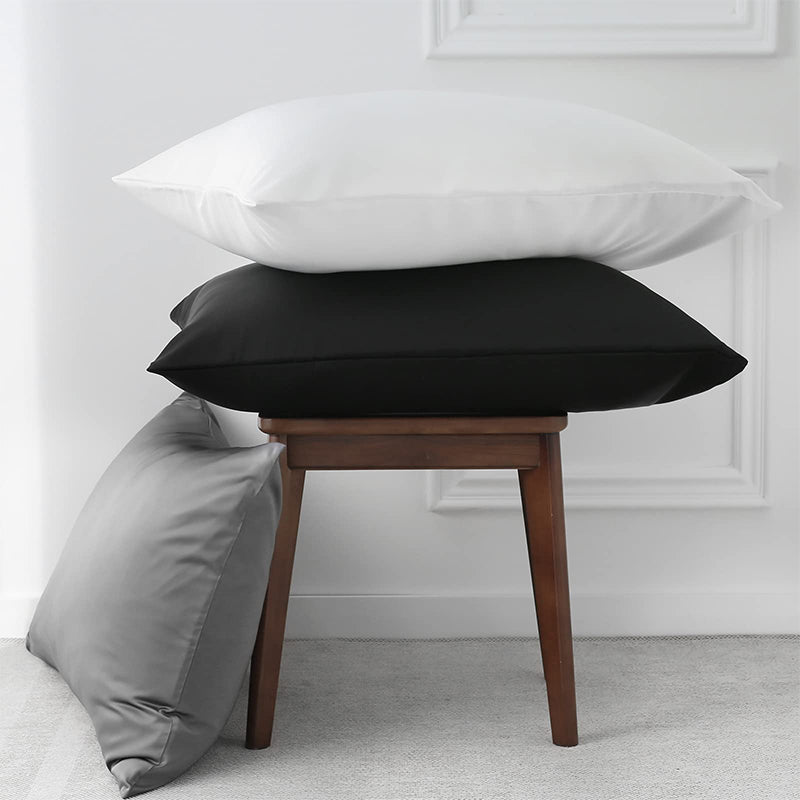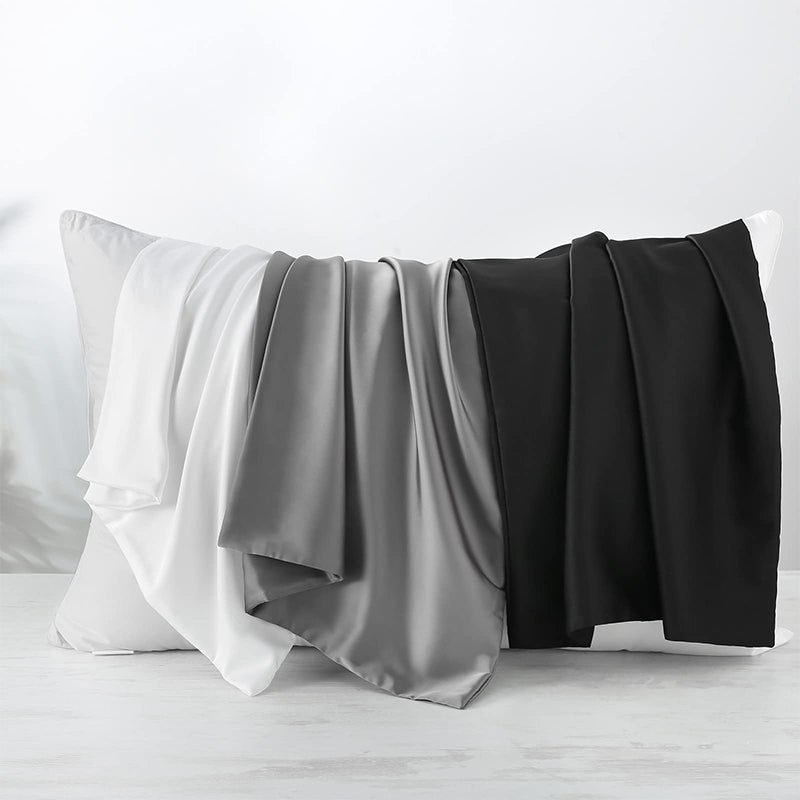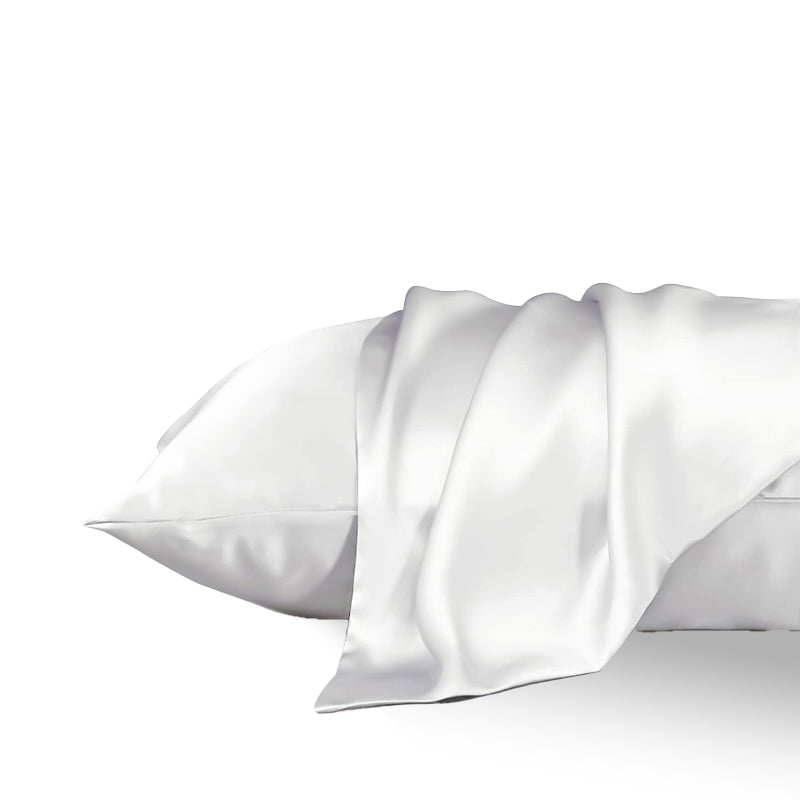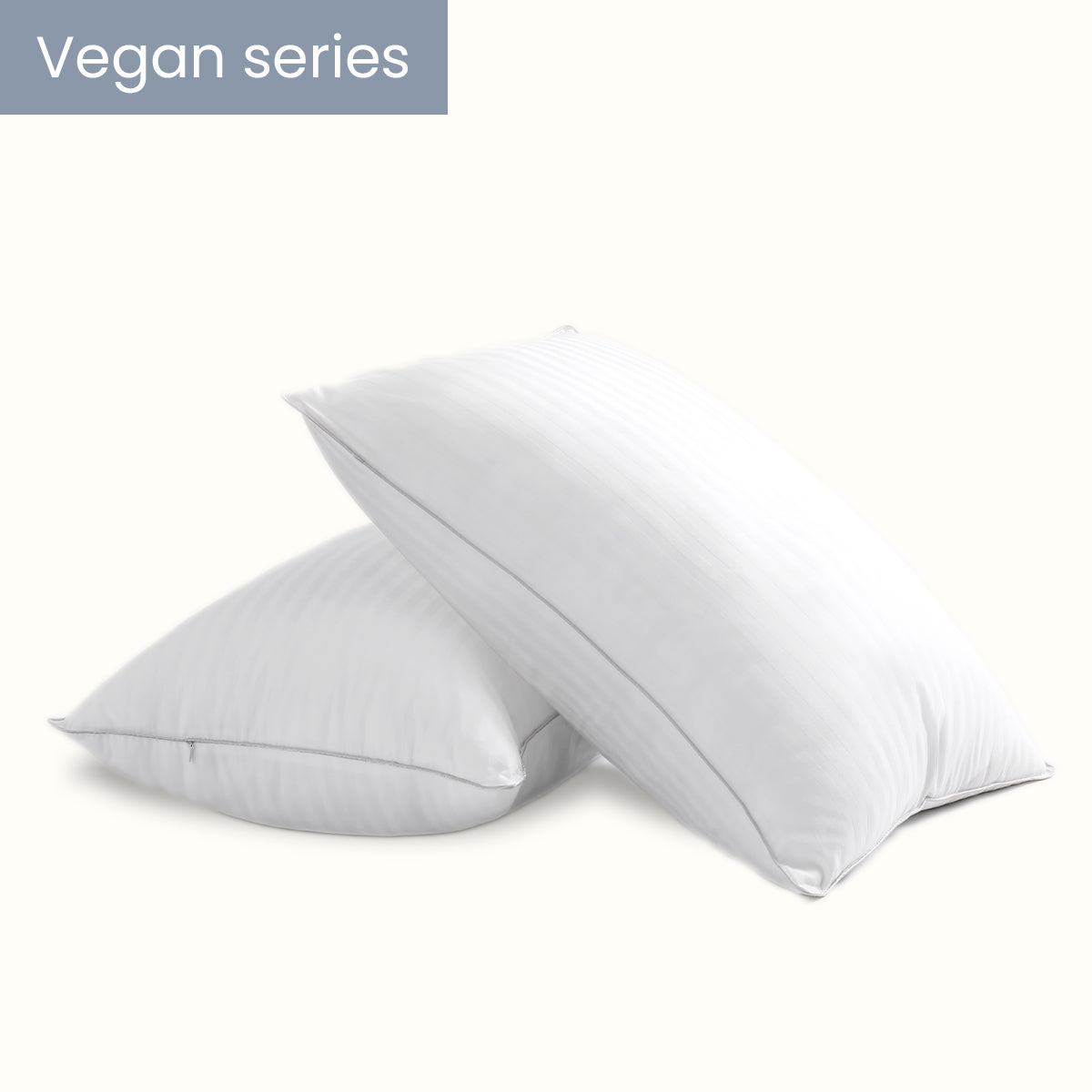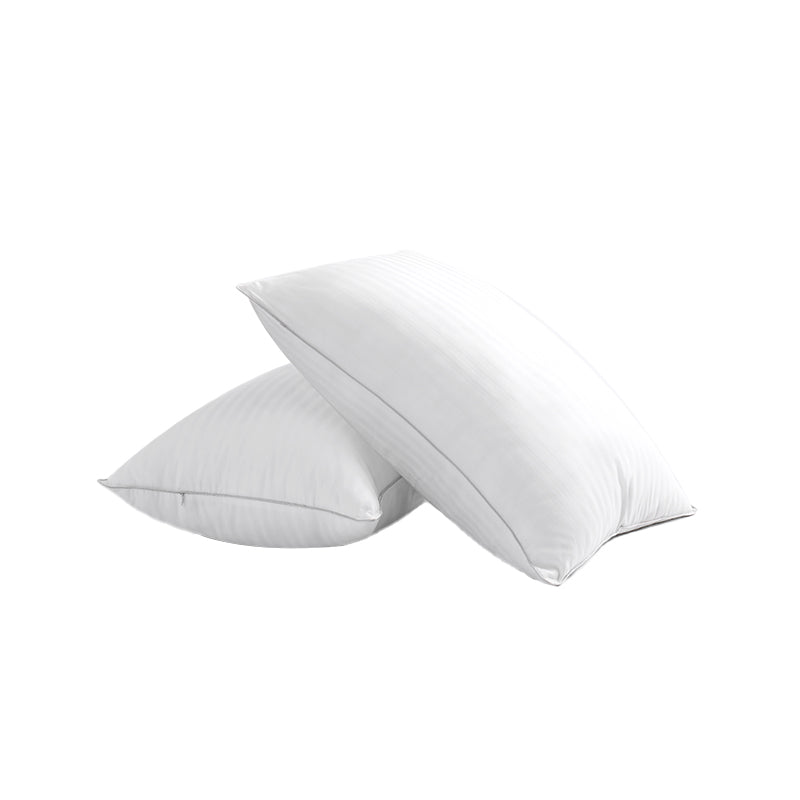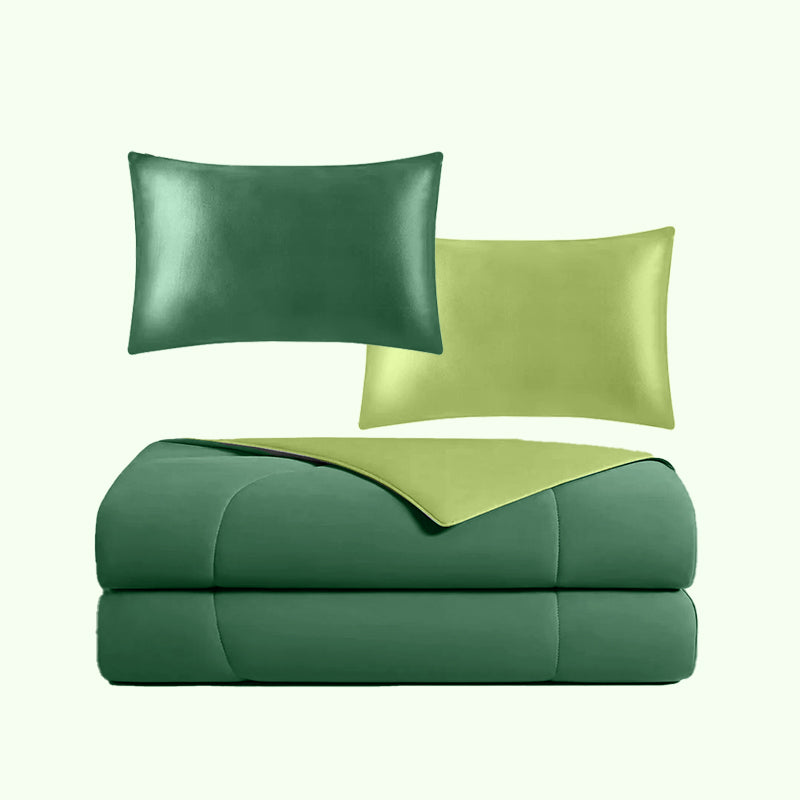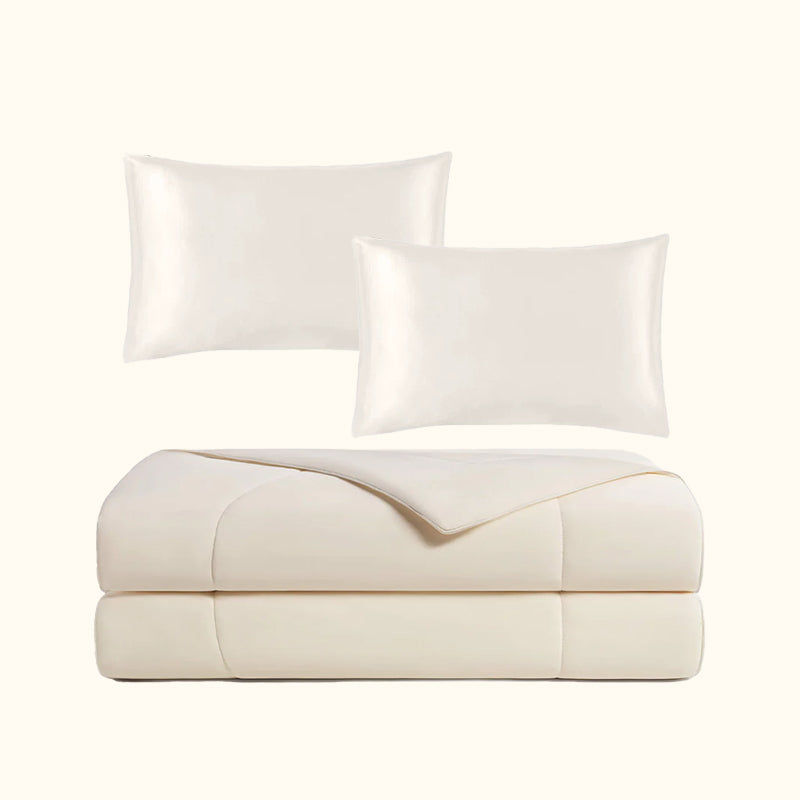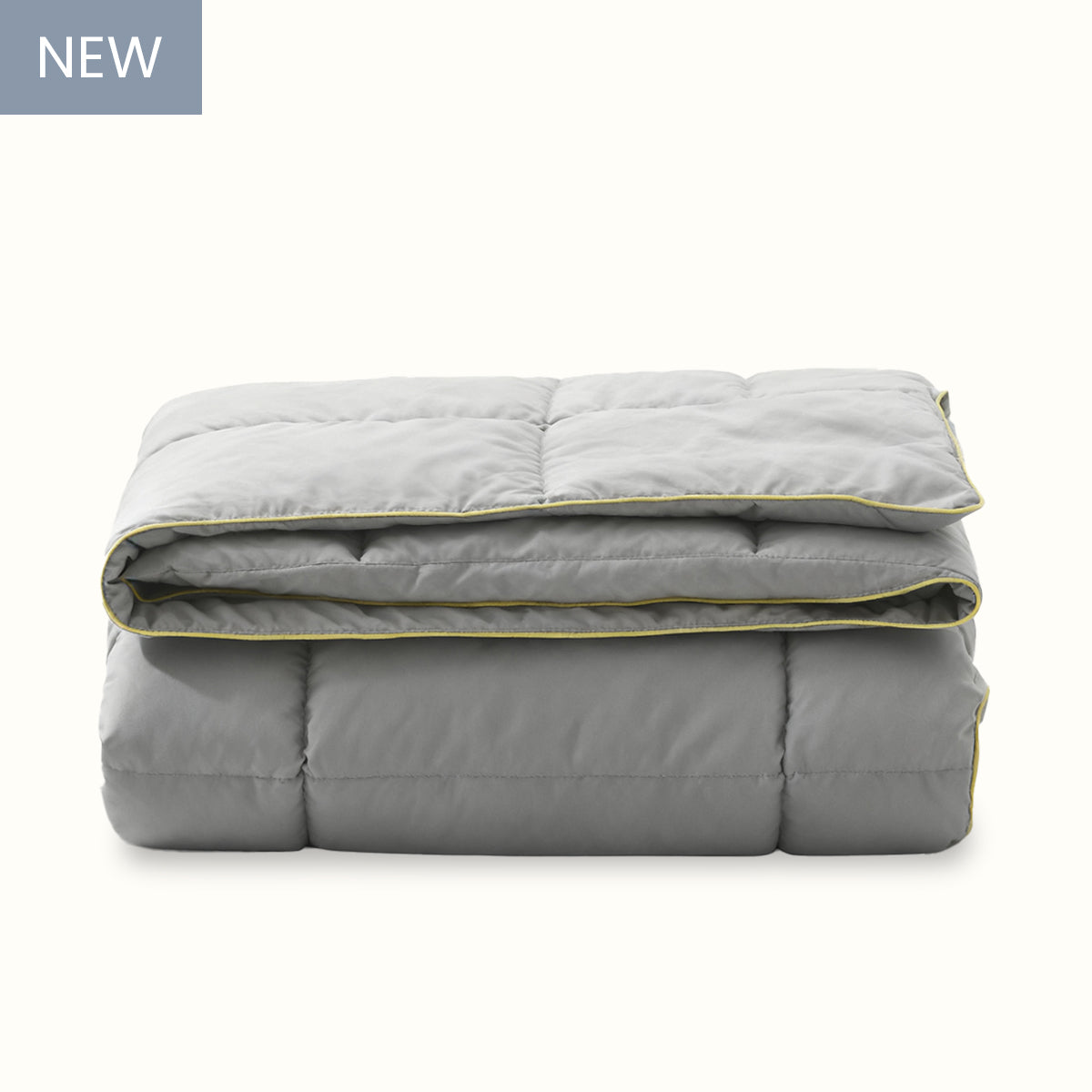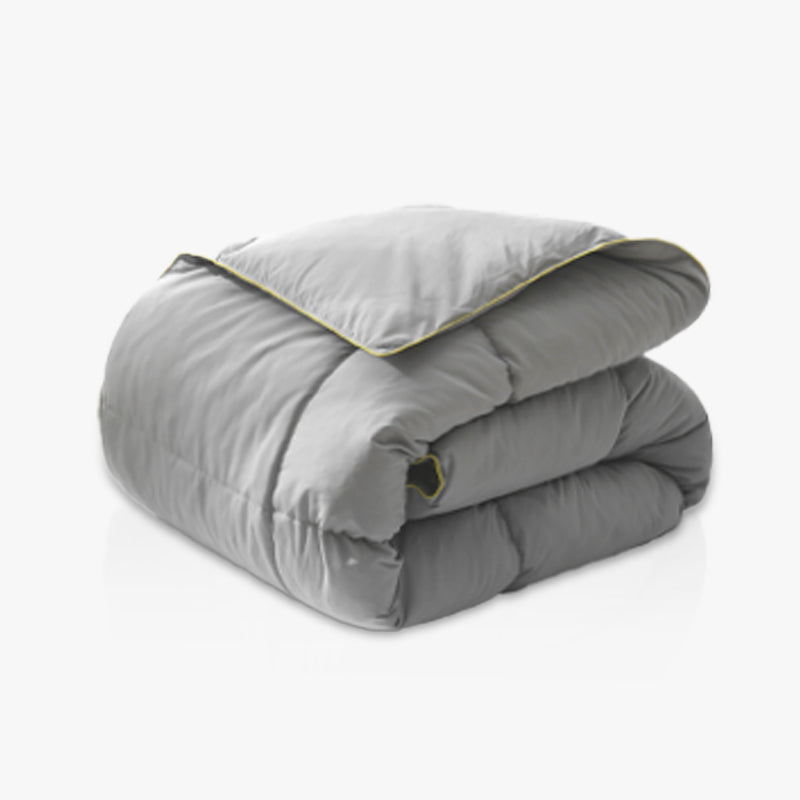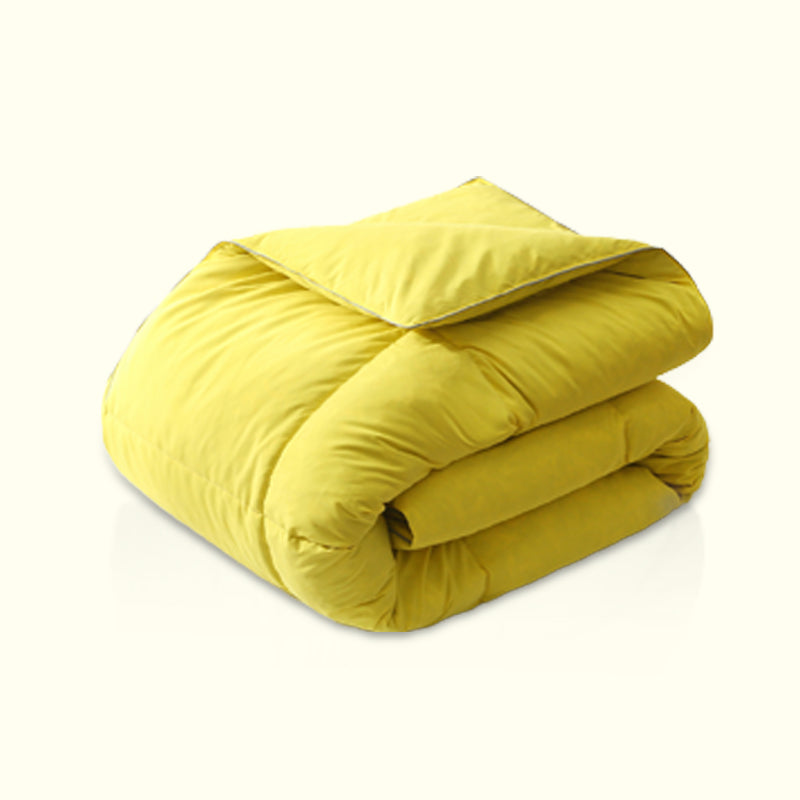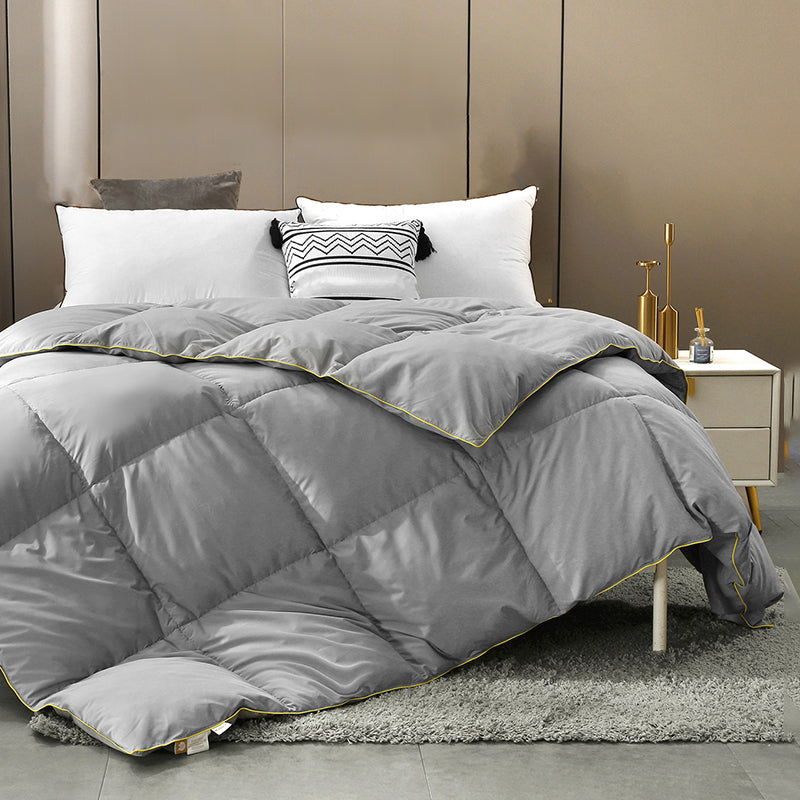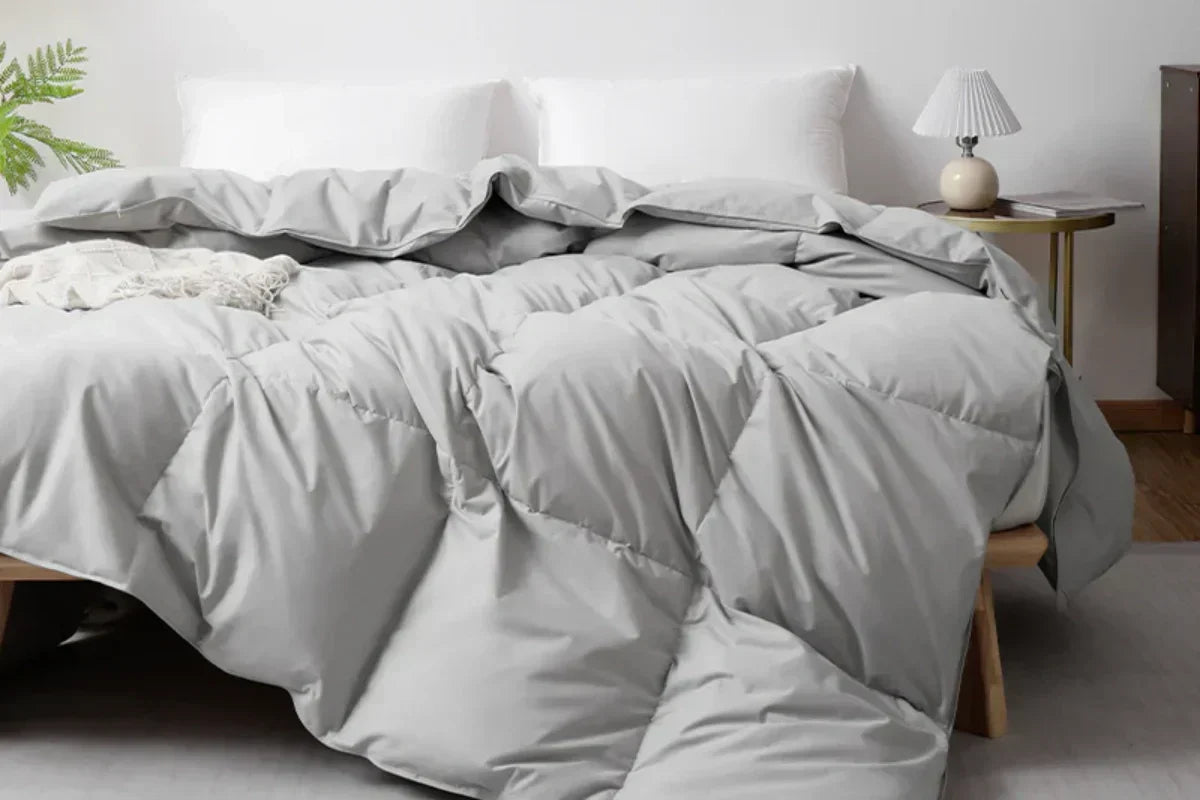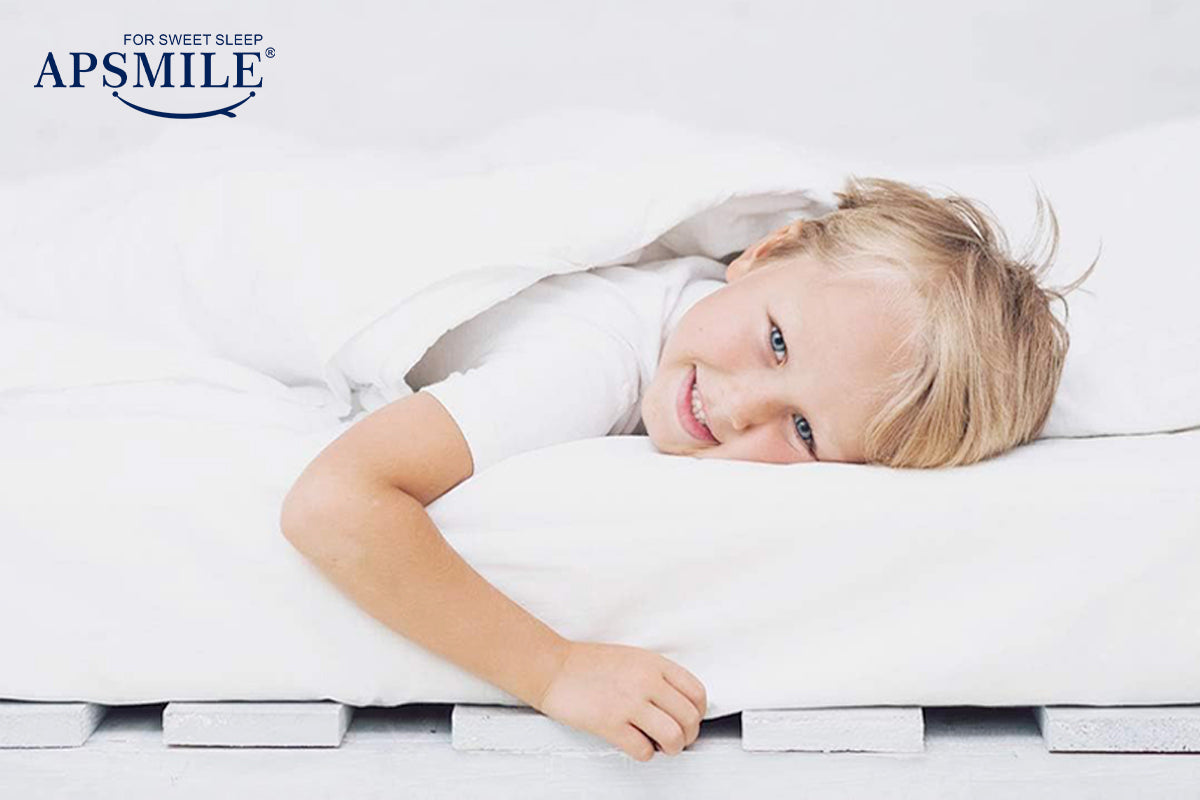Beim Kauf einer Daunendecke stoßen viele auf zwei Begriffe, die für Verwirrung sorgen: „Kassettenkonstruktion“ und „durchgesteppte Konstruktion“. Beide Methoden halten die Daunen an Ort und Stelle. Sie beeinflussen jedoch, wie warm die Decke ist, wie gut sie sich an den Körper anpasst und wie angenehm sie sich anfühlt.
Um den Unterschied zu verstehen, betrachten wir zunächst die Daunen selbst. Daunen sind weiche, büschelförmige Federn aus dem Bauch von Gänsen und Enten. Es handelt sich um eine tierische Proteinfaser. Jede Daunenbüschel enthält Millionen winziger, dreieckiger Luftkammern. Diese Kammern dehnen sich bei Temperaturänderungen aus und ziehen sich zusammen. Sie speichern die Körperwärme und halten kalte Luft ab. Deshalb sind Daunendecken sowohl warm als auch leicht. Die Art der Herstellung einer Bettdecke (ihre Konstruktion) optimiert diese Vorteile oder mindert sie.

I. Traditionelle Durchnäherkonstruktion: Voluminöses Aussehen, aber „warme und kalte Stellen“
Die durchgesteppte Konstruktion ist eine traditionelle Methode zur Herstellung von Daunendecken. Der Hauptgedanke besteht darin, die Daunen flach zu halten. So funktioniert es:
1. Die Daunen sind gleichmäßig zwischen zwei Stofflagen verteilt.
2. Eine Maschine näht den oberen und unteren Stoff direkt miteinander zusammen. Dadurch entstehen kleine, separate quadratische Taschen.
Durchgesteppte Bettdecken sehen schön aus. Die Quadrate sind prall und rund. Die Stiche sind sauber und klar. Sie wirken „dick und voluminös“. Diese Methode ist günstig, weil sie schon so lange angewendet wird. Früher sah man diese Bettdecken überall.
Diese „flache Naht“ beeinträchtigt jedoch die natürliche Bauschkraft der Daunen. Gute Daunen sind sehr bauschig. Beim Füllen der Quadrate blähen sie sich wie kleine Ballons auf. Dadurch wird die Oberfläche der Bettdecke uneben.
Die bauschigen Quadrate sind zu flauschig. Sie schmiegen sich nicht an die Kurven des Körpers an.
Das Schlimmste daran: Die Nähte zwischen den Quadraten haben überhaupt keinen Boden . Diese Nähte sind „kalte Nähte“.
Wenn Sie sich mit einer durchgesteppten Bettdecke zudecken, berühren diese kalten Nähte Ihre Haut. Sie werden warme Stellen (dort, wo die Daunen sind) und kalte Stellen (an den Nähten) spüren. Die Daunen in den einzelnen Kammern halten Sie warm, aber durch die Nähte dringt kalte Luft ein.
Viele beheben das Problem, indem sie eine zusätzliche Decke darüberlegen. Die Decke beschwert die Daunen und dichtet die kalten Nähte ab. Doch dadurch geht der größte Vorteil von Daunendecken verloren – ihr geringes Gewicht und der angenehme Tragekomfort. Die Decke verliert ihre Flexibilität und Bewegungsfreiheit und wird schwer. Man verliert den eigentlichen Grund, warum man sich eine Daunendecke gekauft hat.

II. Konstruktion der Schallwand: 3D-Design für gleichmäßige Wärmeverteilung
Die Baffle-Box-Konstruktion wurde entwickelt, um die Probleme der durchgenähten Konstruktion zu lösen. Ihre größte Innovation? „Sie durchbricht die ebene Oberfläche und schafft so einen dreidimensionalen Raum.“
Anders als bei der durchgesteppten Konstruktion (bei der Ober- und Unterseite direkt miteinander vernäht werden) wird bei der Kassettensteppung zusätzlicher Stoff verwendet. Dünne Stoffstreifen (aus dem gleichen Material wie die Bettdecke) werden zwischen die beiden Lagen eingenäht. Diese Streifen stehen an den Kanten jedes Quadrats ab und formen so aus den flachen Quadraten miteinander verbundene „3D-Quadrate“.
Dieses 3D-Box-Design verändert die Verteilung der Daunen in der Bettdecke – und zwar zum Besseren:
1. Die Daunen verteilen sich gleichmäßiger : Die stehenden Stoffstreifen verhindern, dass die Daunen zu stark verrutschen. Durch Schwerkraft oder Druck (z. B. im Schlaf) drücken sie nicht nach unten oder an die Ränder der Quadrate. Jede Stelle der Bettdecke enthält die gleiche Menge Daunen. Keine zu dicken oder zu dünnen Stellen mehr.
2. Gleichmäßige Dicke, bessere Passform : Die aufgebauschten Wölbungen herkömmlicher Steppdecken gehören der Vergangenheit an. Steppdecken mit Kassettensteppung haben überall die gleiche Dicke und eine glattere Oberfläche. Dadurch schmiegen sie sich besser an Ihren Körper an – insbesondere an Hals, Schultern und Taille. Es entstehen weniger Lücken zwischen Ihnen und der Decke. Kalte Luft kann nicht so leicht eindringen.
3. Hält die Daunen flauschig, ohne zusätzliches Gewicht : Das 3D-Design fixiert die Daunen, ohne sie zu quetschen. Die winzigen Luftkammern in den Daunen bleiben erhalten – sie dehnen sich mit der Temperatur aus und ziehen sich zusammen. Sie benötigen keine zusätzliche Decke. Die gleichmäßige Daunenfüllung und die enge Passform halten Sie warm. Das Beste aus beiden Welten: warm und leicht .

III. Hauptunterschiede: Kammerbox vs. Durchgenäht
|
Was ist zu vergleichen? |
Durchgenähte Konstruktion |
Schalldämpferkonstruktion |
|
Wie es hergestellt wird |
Ober- und Unterstoff direkt vernäht; flache Quadrate |
Zusätzliche, stehende Stoffstreifen zwischen den Lagen; 3D-Boxen |
|
Spread nach unten |
Die Quadrate sind prall, aber nicht in den Nahtlinien eingedrückt; uneben |
Selbst in den kleinsten Details jeder 3D-Box; keine kalten Nähte |
|
Wie es Sie warm hält |
Setzt auf Daunen in Quadraten; kalte Nähte lassen kalte Luft herein |
Auch Daunen passen perfekt; keine Lücken, durch die Wärme entweichen kann. |
|
Passt sich Ihrem Körper an |
Puffige, quadratische Oberteile betonen Ihre Kurven nicht. |
Gleichmäßige Dicke überall; passt sich Ihrer Körperform an |
|
Wie es sich anfühlt, es zu benutzen |
Benötigt eine zusätzliche Decke; ist nicht mehr leicht. |
Keine zusätzliche Decke nötig; warm und leicht |
|
Am besten geeignet für |
knappes Budget, Wunsch nach einem fülligeren Aussehen oder Verwendung nur für einen kurzen Zeitraum (z. B. im Frühling) |
Wer es lange gemütlich und warm mag; gut geeignet für Menschen, die leicht frieren oder schwere Bettwäsche nicht mögen. |

IV. Kauftipps: Wählen Sie das Richtige für sich aus
1. Wählen Sie die Kammerbox, wenn: Sie maximalen Komfort und Wärme wünschen.
Wenn Sie Daunendecken lieben, die „warm und gleichzeitig leicht“ sind, ist eine Kassettendecke die bessere Wahl. Das gilt insbesondere, wenn Sie sie den ganzen Winter über verwenden oder wenn Sie keine schweren Decken mögen, die auf der Haut drücken. Sie hält gleichmäßig warm und passt sich gut an. Ideal für Senioren, Kinder oder alle, die leicht frieren.
1. Wählen Sie die durchgenähte Variante, wenn: Sie ein begrenztes Budget haben oder sie nur für kurze Zeit benötigen.
Wenn Sie nicht viel Geld ausgeben möchten oder nur eine dünne Bettdecke benötigen (zum Beispiel für Frühling oder Herbst), ist eine durchgesteppte Decke ausreichend. Bedenken Sie aber: Sie benötigen wahrscheinlich eine dünne Decke darüber, um die kalten Nähte abzudichten. Drücken Sie die Daunenfüllung nicht zu fest an, da sie sonst ihre Flauschigkeit verliert.

Abschließender Gedanke
Die Art der Herstellung einer Daunendecke entscheidet über ihre Wärmeleistung. Durchgesteppte Decken sehen zwar schön aus und sind günstig, bieten aber weniger Wärme und Komfort. Die Kassettenkonstruktion nutzt ein 3D-Design, um die Wärmeleistung der Daunen optimal zu entfalten. Diese verbesserte Konstruktion entspricht den heutigen Schlafgewohnheiten. Wählen Sie die richtige Konstruktion, und Ihre Daunendecke ist gleichmäßig warm und gleichzeitig angenehm leicht.

Klicken Sie hier, um die APSmile-Homepage zu besuchen: Daunendecke | APSmile
Apsmile-Bettdecke #ap smile #apsmile Daunendecke #apsmile Bettdecke #apsmile Daunendecke #Daunendecke #Beste Bettdecke für Frostbeulen #apsmile Gänsedaunendecke #Daunendecke #Beste Daunendecke #Daunenalternative Bettdecke #Daunendecke Kingsize #Gänsedaunendecke #Daunendecke Queensize #Daunendecken #Beste Daunenalternative Bettdecke #Kingsize-Daunendecke #Kingsize-Daunendecke #apsmile Daunendecke #Beste Winterdecken


